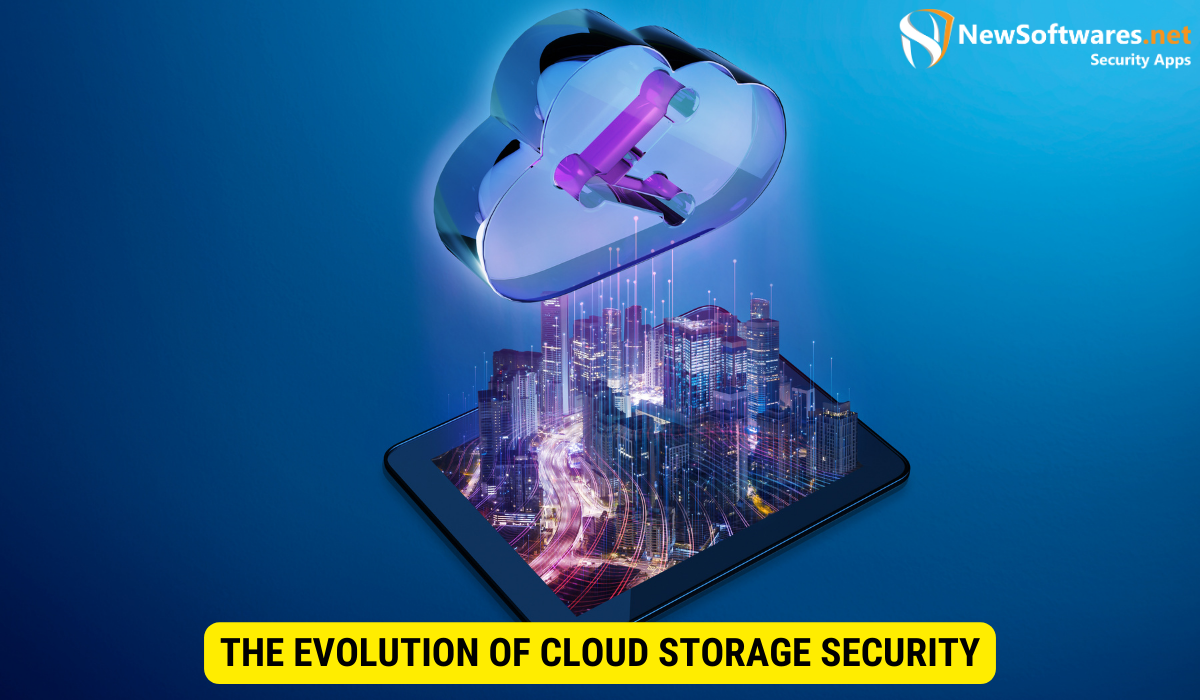Enhancing security for cloud-based data storage involves implementing robust encryption, strict access controls, regular security audits, multi-factor authentication, secure network connections, and employee training. Additionally, utilizing secure coding practices, backing up data regularly, and adhering to compliance standards are crucial for maintaining a strong security posture in the cloud.
Grasping Client-Side Data Security

In the modern digital era, cloud storage has become an essential aspect of daily life, offering benefits like scalability, cost efficiency, and accessibility. However, as the adoption of cloud storage increases, so do concerns about the security of the data stored within it. Implementing robust security protocols is imperative to protect sensitive data from unauthorized access and cyber threats. This guide will delve into strategies and best practices for bolstering the security of data stored in the cloud.
Comprehending Cloud Storage Security
Cloud storage security is a set of measures and protocols designed to protect data stored in the cloud from unauthorized access, breaches, and other security threats. It aims to preserve the confidentiality, integrity, and availability of data.
The Critical Role of Cloud Storage Security
As we increasingly rely on cloud storage for sensitive information like financial records and personal data, the need for stringent cloud storage security becomes paramount. A breach can lead to devastating consequences, such as reputational damage, financial loss, and legal repercussions. Additionally, adhering to data protection regulations like GDPR and CCPA is essential to avoid penalties and maintain user trust.
Essential Elements of Cloud Storage Security
A robust cloud storage security strategy incorporates multiple layers to address various risks. Key elements include:
- Data Encryption: Encoding data into a secure format ensures that even if unauthorized parties access the data, they cannot read it without the correct decryption key.
- Access Control: Implementing measures like multi-factor authentication (MFA) and role-based access control (RBAC) limits access to sensitive data, ensuring only authorized users can view or modify it.
- Network Security: Securing the underlying network infrastructure with firewalls, intrusion detection systems, and VPNs is crucial to protect data in transit and prevent unauthorized access.
- Security Monitoring: Continuous monitoring and regular security audits help identify vulnerabilities and unauthorized activities, allowing for timely responses to threats.
Strategies for Strengthening Cloud Security
The Necessity of Regular Security Audits
Regular security audits are a critical aspect of maintaining a strong defensive stance in cloud security. By systematically evaluating the security measures in place, these audits provide a comprehensive review of how well the data and systems are protected. They serve to pinpoint both strengths and potential weaknesses, allowing organizations to understand where their security strategy stands and where it might be vulnerable. Not only do these audits reveal gaps in defenses, but they also guide the necessary adjustments and improvements, ensuring that the security measures evolve in response to new threats and maintain the highest standards of data protection. Through regular scrutiny and adjustment, organizations can ensure their cloud security remains resilient and effective.
The Evolution of Cloud Storage Security

As technology progresses, cloud storage security must adapt to emerging threats and innovations. Trends shaping the future include:
- Zero Trust Architecture: This security model assumes no trust without verification, emphasizing continuous authentication and authorization.
- Cloud-native Security Solutions: Solutions specifically designed for cloud environments offer enhanced security tailored to their unique infrastructure.
- Artificial Intelligence and Machine Learning: These technologies can predict and respond to security threats more effectively by analyzing patterns and identifying anomalies.
Frequently Asked Questions
How does encryption improve cloud security?
Encryption transforms readable data into a secure format, making it unreadable and unusable without the correct decryption key, thus safeguarding it from unauthorized access.
What is multi-factor authentication (MFA)?
MFA is a security process requiring users to provide multiple evidence forms to verify their identity, significantly reducing unauthorized access risk.
Why are security audits crucial?
Security audits help identify vulnerabilities, ensure compliance with regulations, and drive continuous improvement in cloud security measures.
Conclusion
As reliance on cloud storage grows, so does the importance of robust security measures. Understanding cloud storage security, implementing strong encryption, access control, and regular security audits are essential for protecting sensitive data. Staying informed about and adapting to emerging trends will help maintain a resilient security posture in an ever-changing digital landscape.
